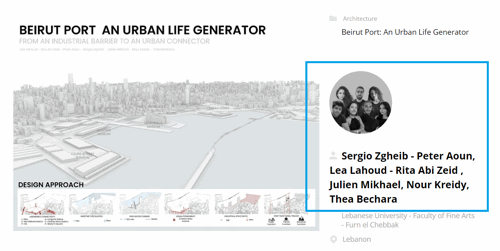Under the canopy of wisdom

Project idea
The primary objective of the project was to create a nurturing environment for children, offering diverse spaces and activities that foster learning, growth, and creativity. Rooted in the traditions of African culture, the design draws inspiration from the local context to ensure functionality and symbolism.
The central feature of the design is the roof structure, which responds to the challenges of the African climate. Beyond protecting from rain and sun, it ensures natural ventilation, prevents overheating, and creates shaded communal spaces where students can connect and grow. The use of natural materials, such as bamboo and local stone, reinforces the harmony between the architecture and its surroundings, emphasizing sustainability and simplicity.
The project's name, "Under the Canopy of Wisdom," reflects both the physical and symbolic nature of the design. Just as the roof provides shelter, so too does the school serve as a space of safety and growth, where children lay the foundations of their future. The canopy represents wisdom, protection, and the collective aspirations of the community, creating a space that is both deeply rooted in tradition and forward-looking in its vision.
Project description
The design for this project is situated on a large, quiet piece of land where various functions are combined. Near the site's entrance, there is an educational facility that includes classrooms and laboratories. In front of each building, there is a shaded outdoor space with seating and greenery.
The school buildings are designed to be adaptable and serve multiple purposes, which is why the layout varies from classroom to classroom. Moving further along the classrooms, we reach the assembly hall, located at the intersection of the main axis and an additional street. This secondary public street provides access to workshops, the dining hall, and sports facilities.
The workshops follow the same design principles as the classrooms. Behind each workshop, there is a backyard where people can engage in gardening.
The dormitories are centrally located on the site, with separate units for boys and girls. Each unit has its own courtyard, offering students a space to gather and share experiences. Between the two units, there is an additional playground accessible to all children.
Houses for teachers and volunteers are positioned near the edge of the site. The remaining part of the area will be used for beekeeping units.
Technical information
All buildings are mostly made of ICEBS blocks. Non barring elements like sliding partition and door are made from bamboo and wood. The roof structure made from bamboo and supported with reinforced columns.







